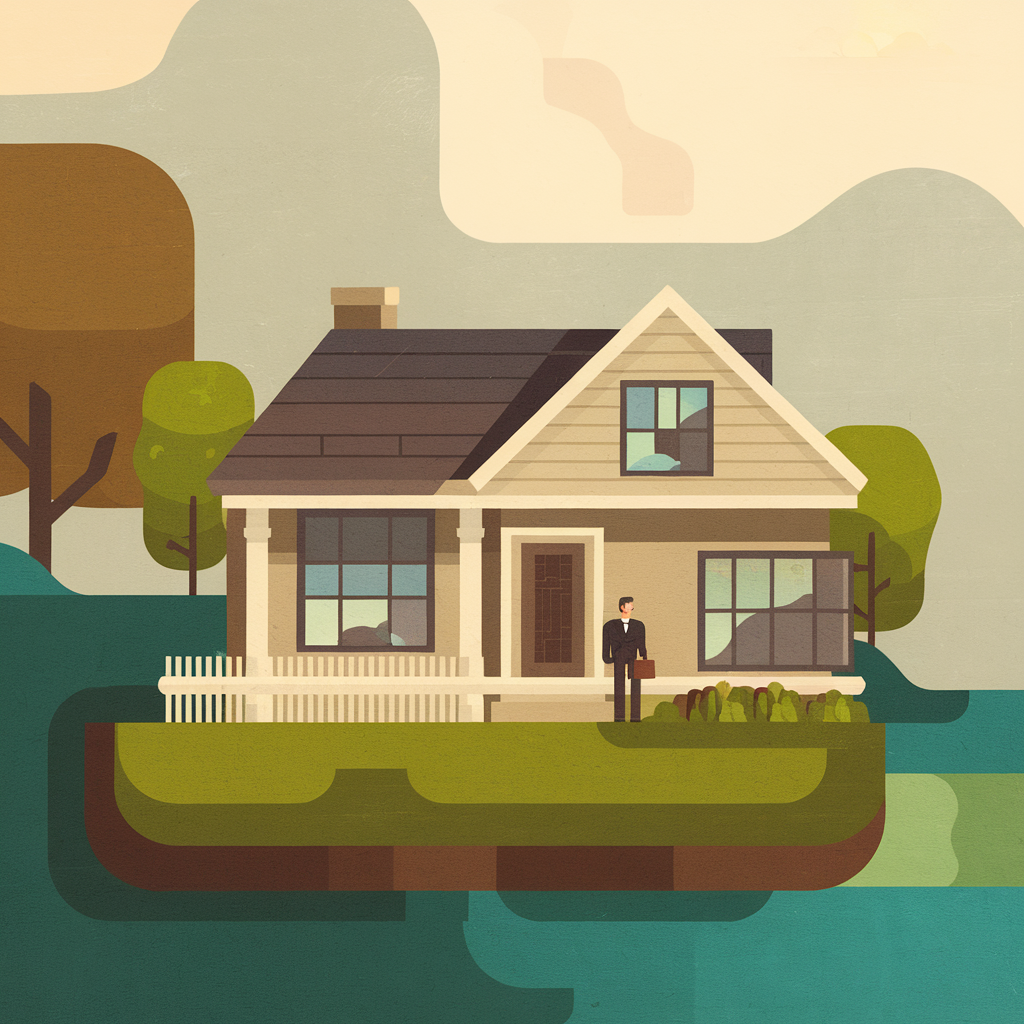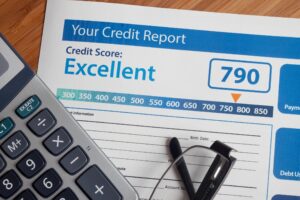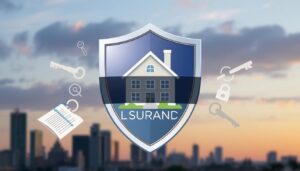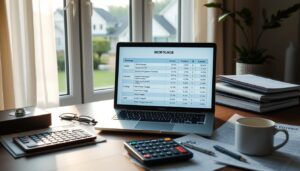Breaking Free from the Debt Cycle: A Comprehensive Guide
Debt can be a heavy burden, and finding yourself in a cycle of debt can be distressing. At O1ne Mortgage, we understand the challenges that come with managing debt, and we’re here to help you navigate your way out. If you need assistance with mortgage services, don’t hesitate to call us at 213-732-3074. In this blog, we’ll explore what a debt cycle is, the signs that you might be in one, and actionable steps to break free and avoid falling back into debt.
Understanding the Debt Cycle
A debt cycle occurs when you continually take on more debt than you can afford to repay. This often involves borrowing money to pay off existing debts, leading to growing interest charges and an increasingly difficult financial situation. Breaking free from a debt cycle requires understanding its nature and recognizing the signs that you might be trapped in one.
What Is a Debt Cycle?
A debt cycle is a situation where you consistently take on more debt than you can repay. This often involves taking out new loans to pay off existing debts, leading to accumulating interest and a growing financial burden. Over time, even making minimum payments can become challenging, and you may find yourself missing payments altogether.
Common scenarios that can lead to a debt cycle include:
- Facing a major, urgent expense without enough cash to cover it, leading to reliance on debt.
- Losing your income and lacking the savings to stay afloat without borrowing.
- Spending more than you earn, resulting in credit card balances that you can’t pay off.
Signs You’re in a Debt Cycle
Recognizing the signs of a debt cycle is the first step toward breaking free. Here are some indicators that you might be stuck in a debt cycle:
1. Using Debt to Pay Off Debt
If you’re regularly using new forms of debt to pay off existing balances, you might be in a debt cycle. While debt consolidation loans or balance transfer cards can be helpful if used wisely, they can also perpetuate the cycle if you continue to accumulate new debt.
2. Your Credit Is Taking a Hit
Frequent credit applications, high credit utilization rates, and missed payments can all negatively impact your credit score. Check your credit report for any negative information, such as late payments, which can indicate struggles with managing debt.
3. Paying High Interest Charges
Carrying high-interest credit card debts or loans can result in significant interest charges each month, making it harder to pay off your balances. These charges can further sink you into debt and hinder your ability to make even minimum payments.
4. Living Paycheck to Paycheck
Struggling to afford minimum debt payments while covering regular expenses can lead to living paycheck to paycheck. This constant financial strain can be a sign that you have more debt than you can handle.
5. High Debt-to-Income Ratio
Your debt-to-income ratio (DTI) measures how much debt you have compared to your income. A DTI above 35% to 45% can indicate that you’re in more debt than is manageable. Anything above 50% is considered a burdensome amount of debt.
Steps to Break the Debt Cycle
Breaking free from a debt cycle requires a strategic approach. Here are some steps to help you get started:
Create a Budget
Start by creating a budget that lists your basic expenses, including rent or mortgage payments, utilities, car payments, groceries, and minimum debt payments. Subtract these expenses from your monthly after-tax income to determine how much money you have left for discretionary spending, extra debt payments, and savings.
Cut Spending to the Bone
If your debt situation is dire, consider creating a bare-bones budget that eliminates all but absolutely necessary spending. This can free up more money to pay off your balances faster.
Avoid Using Credit
Consider going cold turkey on your credit cards while you focus on paying them off. Use only cash or debit for purchases to avoid accumulating new balances. However, avoid canceling your cards altogether, as this can negatively impact your credit utilization rate.
Consider a Side Hustle
If you have extra time, consider taking on a part-time job or gig to add an additional stream of income. You can also explore opportunities for overtime or additional shifts with your current employer.
Talk to Your Lenders
Contact your credit card company if you’re struggling to repay your debt. They may offer hardship programs that can provide temporary relief and help you manage your payments more effectively.
Look into Credit Counseling
A nonprofit credit counselor can help you create a plan to pay off your balances. They can assist with budgeting, negotiating with creditors, and setting up a repayment plan to help you save money and get out of debt.
How to Avoid a Debt Cycle
Building financial stability is key to avoiding a debt cycle. Here are some strategies to help you stay on firm financial ground:
Stick with a Budget
Create a clear plan for how much you’ll allocate toward necessities, discretionary spending, and savings each month. This can help you avoid spending beyond your means.
Track Your Spending
Use a budgeting app to track your spending and ensure you stay within your budget. Regularly monitoring your transactions can help you avoid overspending and accumulating debt.
Create an Emergency Fund
Building an emergency savings account can provide a financial cushion during tough times, such as unexpected expenses or income reductions. Having this safety net can help you avoid relying on debt.
The Bottom Line
Getting out of debt can be challenging, but the sooner you start, the less you’ll pay in interest overall. By assessing your finances, cutting spending, and making aggressive payments, you can break the debt cycle and start building financial stability. At O1ne Mortgage, we’re here to support you on your journey to financial freedom. For any mortgage service needs, call us at 213-732-3074. Let’s work together to achieve your financial goals.







